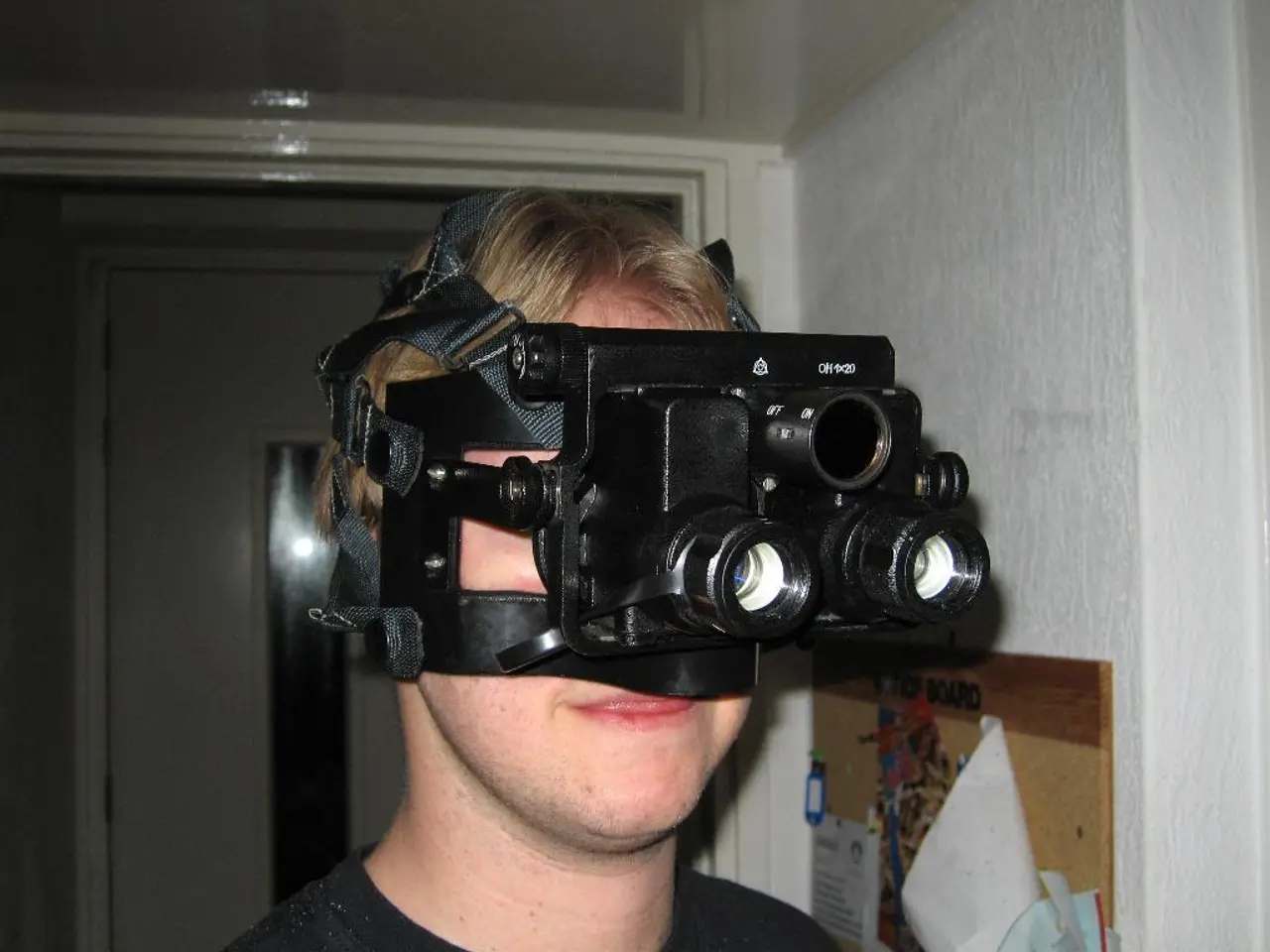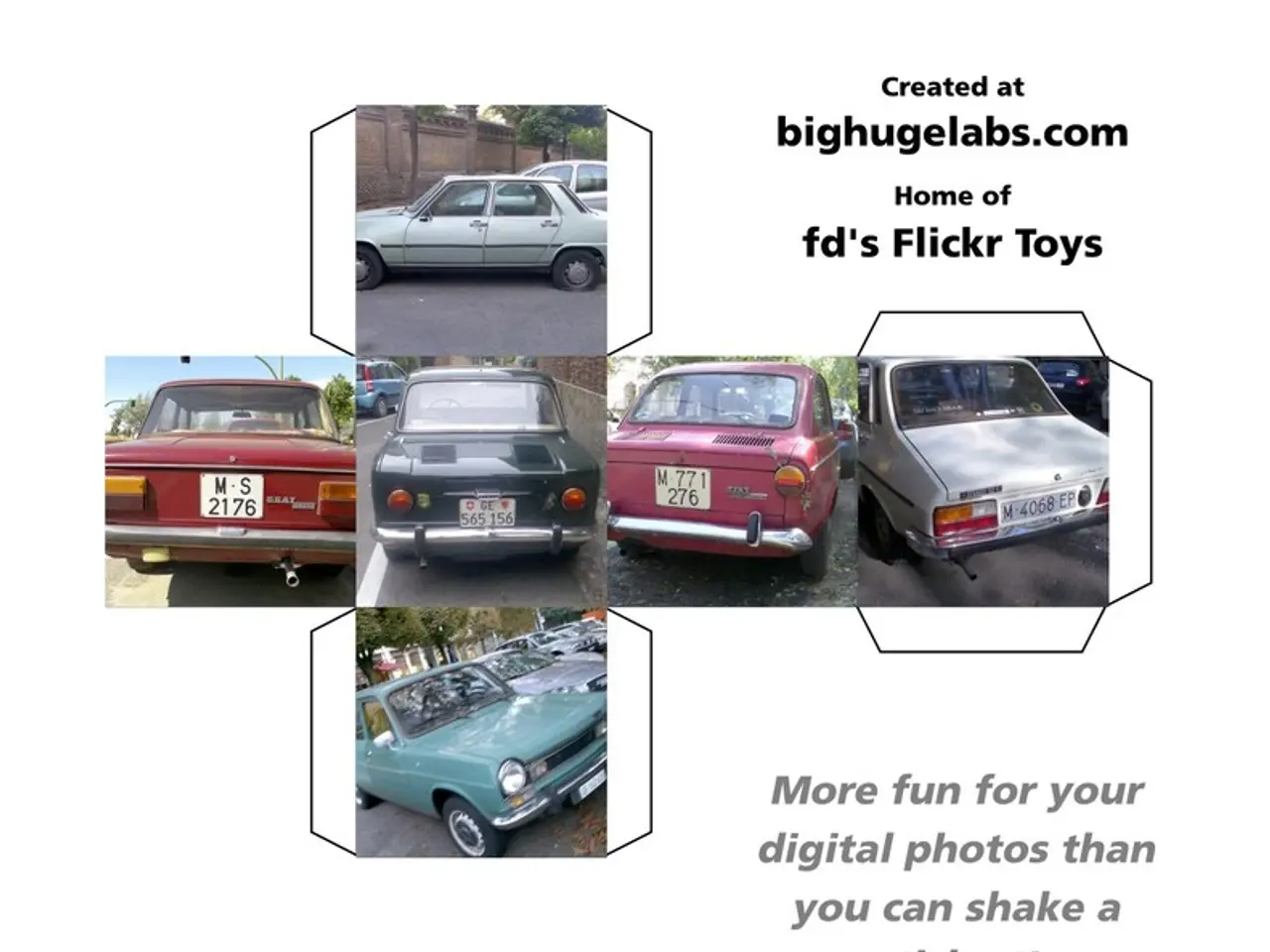Strategies for boosting profits using virtual reality technology
In the ever-evolving world of technology, Virtual Reality (VR) is making waves in various industries, offering a new dimension for businesses to thrive. Sotherby's International Realty, for instance, is leveraging VR to host open houses for selling luxury homes across international destinations, providing an immersive experience for potential buyers.
However, it's crucial to avoid creating lacklustre content in VR, as this can lower the bar and create experiences with no real value. Instead, VR content should be amortized over multiple uses, such as demonstrations, publicity, and arming sales teams with a rich portfolio.
One area where VR has shown significant returns is in the field of healthcare. UCLA surgeons are using VR headsets to test run highly technical and sensitive surgeries before operating, saving lives and preempting potential issues.
The benefits of VR extend beyond healthcare and real estate. In the retail sector, IKEA Place allows customers to virtually place 3D furniture models in their homes, reducing product return rates and enhancing customer satisfaction. Similarly, brands like L’Oréal and Sephora use AI-powered AR apps to let customers virtually try on makeup, boosting sales and engagement.
In training, VR breaks complex procedures into short, focused sessions, improving learning speed and reducing errors, thereby enhancing employee productivity while lowering training costs. The automotive industry also uses VR to offer potential customers immersive, exhilarating experiences in virtual high-performance cars, boosting sales.
Audi, for example, uses VR to demonstrate every possible configuration of models and specifications to visiting customers, a luxury not possible in traditional showrooms. Ford designers and engineers are also using VR to test elements of new cars, estimating a saving of $8 million in one year.
VR experiences have been proven to make users more responsive, receptive, engaged, and loyal. The average response rate with VR experiences is 15%, compared to just 1% through direct marketing. Volvo is even working on virtual test drives of cars that aren't yet on sale.
However, not every idea works in VR, and it's important to create VR content with multiple uses to drive positive returns. The North Face stores use VR to transport customers to virtual environments like Yosemite National Park, allowing them to experience products in inspiring settings. Carnival Cruises has created a VR experience for people to virtually explore cruise ships and vacation destinations.
For VR to deliver a return, the content must be considered, of high visual quality, and inherently useful. According to Robert Kendal, managing director of Yulio Technologies, VR delivers real, tangible value to users. To boost return on a VR investment, it's important to start with clear business pain points and prototype VR solutions.
In conclusion, the rapid rise of VR in business is not a novelty but a long-term fixture, as it offers significant advantages in terms of faster training, fewer errors, improved customer experiences, and more efficient remote collaboration. VR creators worldwide are continually developing innovative ways to bring this medium to life for everyone, making it a powerful tool for creating meaningful connections between people and products.
- In various industries, technology, particularly Virtual Reality (VR), is being leveraged to offer immersive experiences and drive business growth, such as in real estate, healthcare, retail, automotive, and training.
- To yield positive returns from Virtual Reality (VR) investments, it is essential to create content that is multiple-use, high in visual quality, and inherently useful, while starting with clear business pain points and prototyping VR solutions.




